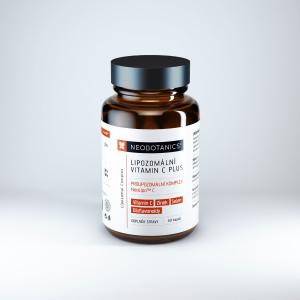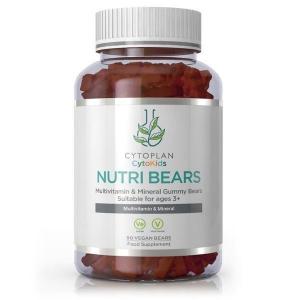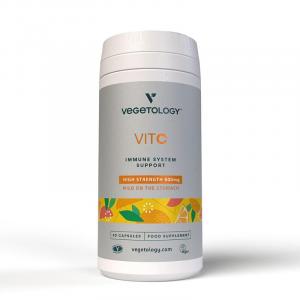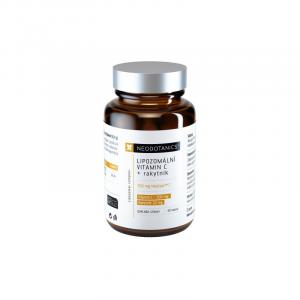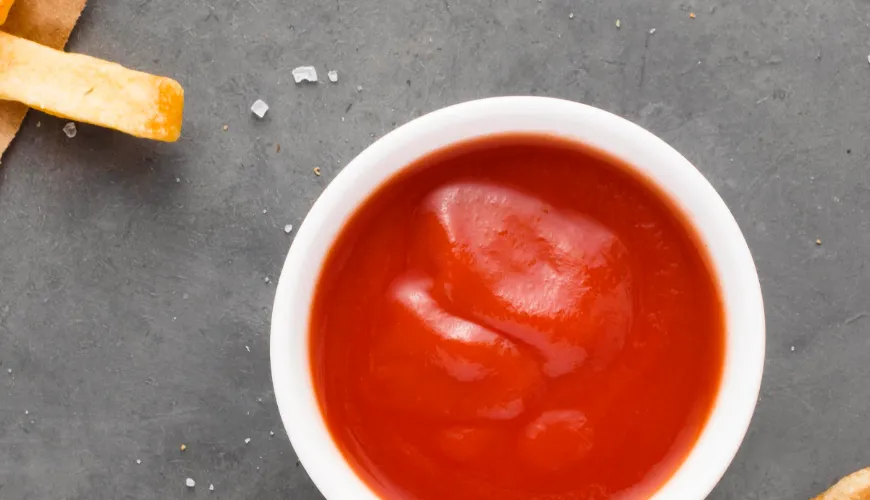
How to Minimize the Negative Effects of Kohlrabi and Enjoy It
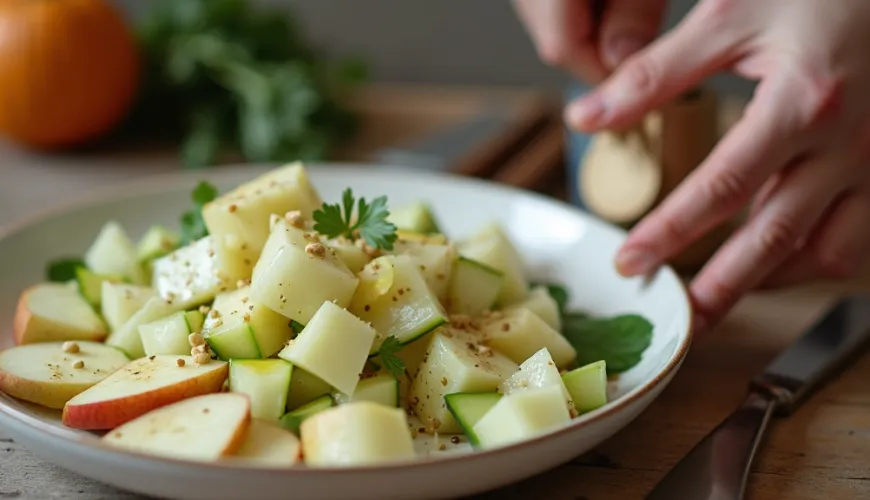
Kohlrabi - A Healthy Superfood with Some Potential Pitfalls
Kohlrabi, also known as Brassica (Brassica oleracea var. gongylodes), is a vegetable often associated with childhood snacks, spring markets, or our grandmothers' home cooking. Its mildly sweet flavor, crunchy texture, and abundance of vitamins make it a popular part of a healthy diet. However, as with many foods, kohlrabi is not entirely without "catches." This seemingly harmless vegetable can have certain negative effects, especially if consumed in large quantities or under specific health conditions.
Today, we will take a closer look at this lesser-known aspect of kohlrabi—not only from the perspective of risks but also in the context of an overall healthy lifestyle. As the saying goes, "Everything in moderation," and this holds doubly true for healthy foods.
What Makes Kohlrabi So Popular?
Kohlrabi is a low-calorie vegetable rich in fiber, vitamin C, folic acid, potassium, and other antioxidants. Comprising 90% water, it is an excellent food for hydration and detoxification. Thanks to its low glycemic index, it is also suitable for diabetics, and its fiber supports proper digestive system function. All this sounds great. But...
Try our natural products
Can Kohlrabi Be Unhealthy?
The keyword "kohlrabi negative effects" often causes surprise. Most people associate this vegetable exclusively with positives. However, as suggested by some nutrition studies and practical testimonies, there are situations where kohlrabi consumption should be limited—or at least carefully considered.
1. Kohlrabi and Bloating
Kohlrabi belongs to the cruciferous family, which includes cabbage, kale, and cauliflower. This group of vegetables contains compounds called glucosinolates and fiber, which can be more difficult for some people to digest. The result can be bloating, gas, or cramps, especially if a person is not accustomed to this type of food.
A common life scenario: after a healthy lunch consisting of roasted kohlrabi and lentils, a person sits down to a meeting and suddenly feels an uncomfortable pressure in their abdomen. It's not uncommon. In sensitive individuals, the combination of cruciferous vegetables and legumes can cause unpleasant digestive issues. However, the solution doesn't have to be excluding vegetables from the diet but rather cooking them, eating smaller portions, and gradually accustoming the digestive system.
2. Risk Regarding Thyroid Disease
Another topic is the effect of kohlrabi on the thyroid gland. Cruciferous vegetables, including kohlrabi, contain goitrogens—substances that can reduce iodine utilization in the body. This is particularly important for people with conditions like hypothyroidism or iodine deficiency. Iodine is crucial for proper thyroid function, and its long-term deficiency can lead to metabolic disorders, fatigue, or concentration problems.
However, this doesn't mean that people with hypothyroidism should completely eliminate kohlrabi from their diet. According to experts from Harvard Health Publishing, it is not necessary to completely avoid cruciferous vegetables, but with regular high intake, it is advisable to consult with a doctor or nutritionist. Cooking reduces the amount of goitrogens and thus the potential negative effects on the thyroid.
3. Possible Pesticide and Heavy Metal Content
The cultivation of cruciferous vegetables, including kohlrabi, is sometimes associated with higher pesticide use, especially in conventional agriculture. Leaves, in particular, can accumulate unwanted substances if the plant grows in contaminated soil. Fortunately, there are strict regulations in the Czech Republic for monitoring pesticide residues, but experts still recommend buying kohlrabi preferably in organic quality or from farmers who adhere to ecological standards.
As Professor Jana Dostálová from the University of Chemistry and Technology says, "Vegetables are the foundation of healthy nutrition, but their quality also depends on where and how they were grown." Therefore, it pays to pay attention to the origin of food, especially if someone is accustomed to consuming kohlrabi regularly.
4. Kohlrabi and Kidneys
Kohlrabi is rich in potassium, which is great for most of the population—potassium helps regulate blood pressure and supports heart function. However, for people with kidney disease, excessive potassium intake can be risky, as their bodies cannot properly eliminate this mineral. This can lead to hyperkalemia, which is associated with muscle weakness or irregular heart rhythms.
Even here, the solution is not to completely exclude kohlrabi but to consult with a specialist who will recommend an appropriate amount and method of preparation.
How to Enjoy Kohlrabi Without Worries?
Even though we focused on the possible negative effects of kohlrabi, it is important to say that for most of the healthy population, this vegetable remains a very beneficial part of the diet. The key is moderation and variety. Kohlrabi can be eaten raw, steamed, roasted, and even fermented.
If you want to digest kohlrabi well and avoid unnecessary problems, just follow a few simple rules—first wash it thoroughly, peel it, and cook it for a while. Don't combine it with heavy foods like legumes or fried things, don't eat it by the kilo every day, and if you have digestive, thyroid, or kidney issues, it's better to discuss it with a doctor. Ideally, choose an organic piece or vegetables from an eco-farm.
For example, when a family on a weekend trip to nature comes across a farmers' market and buys fresh kohlrabi straight from the garden, it's almost certain that its consumption will be not only tasty but also beneficial to health. If they also prepare a light kohlrabi salad with apple, pumpkin seeds, and a drop of olive oil at home, they will create a delicious dish that satisfies even nutritionally demanding individuals.
Kohlrabi as Part of a Sustainable Lifestyle
In a time when more and more people are interested in ecology, local production, and seasonal foods, kohlrabi becomes a natural ally of these trends. It is a vegetable that grows excellently in our conditions, does not require import from across the world, and can be utilized almost entirely—including leaves that are full of nutrients. Its low ecological impact and high nutritional value make it an ideal part of diets focused on health and sustainability.
Whether you enjoy it raw as a refreshing snack or prepare it as part of a vegetarian lunch, it is good to remember that even superfoods have their limits. Kohlrabi is great, but—like everything else—it works best as part of a varied and balanced diet.
